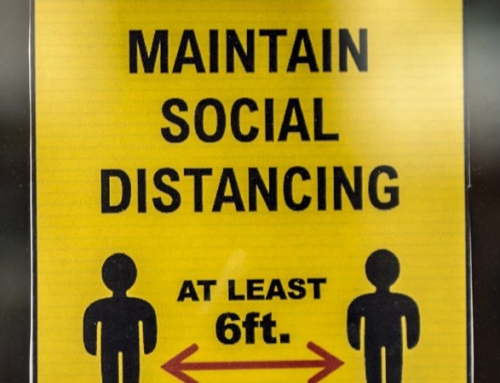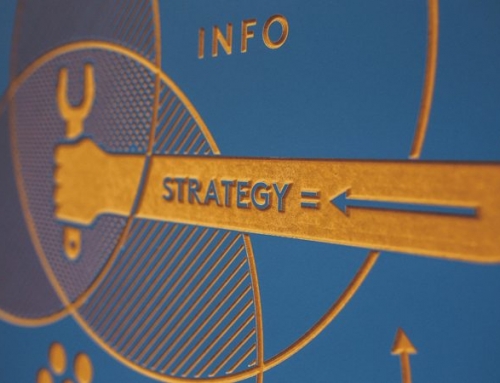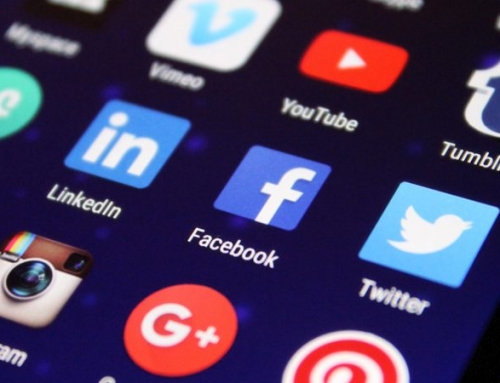How to Make Interactive Marketing Work For You
Though it may be one of the buzz terms of 2019, interactive marketing has been around for a while. Businesses create a buzz around a product or event by encouraging potential customers to engage with a campaign either in person or digitally. From audacious offline marketing stunts such as fully functioning social robots and unexplained doors in the street to simple but effective sticker and QR code campaigns, this style of advertising offers your potential customers experience as well as a message. This is our guide to making interactive marketing work for you –
- Free Gifts and Samples
Though this option will require you to have a substantial supply of stock to give out, it is a tried and tested way to generate interest in a product. Large confectionery and soft drinks companies run several of this type of promotion throughout the year, often prior to a product’s official launch. The key to getting the most out of this type of promotion is to remember to ask for feedback or at least to pay close attention to your socials to see what people are saying. This means that any last minute tweaks to design, flavour, colour or any other variable can still be made if necessary.
- Pop-ups
In an increasingly isolated world, real-world events that engage people’s imaginations are becoming more popular with marketers. The pop-up business is commonplace in areas such as street food and emerging markets like vape technology, but savvy business owners are now realising that setting up a temporary stall at an outdoor event, conference or shopping mall can be a great way to connect with potential customers. With the right branding and attention to detail, popups allow you to conduct research, demonstrate forthcoming products and even encourage people to sign up to your mailing list. Added incentives such as discounts, free gifts or promotional products will help customers to remember your brand.
- Art and Intrigue
Some of the most successful interactive marketing campaigns have been oblique, unusual and daring. SNFC’s “It’s Just a Door” campaign was joyfully received and with the help of brand new technology, anybody who was interested could experience the bizarre but exhilarating experience of waving to a stranger in another city. The French Rail company managed to create a genuine sense of wonder among those who engaged with this delightfully unusual piece of living art. The primary message being that Europe is just next door and they can take you there. The playful, novelty style approach can be extremely effective when handled correctly, attracting attention from industry professionals as well as potential customers. This style of marketing might not be available to everybody and will take a great deal of research, planning and most likely, permission from local authorities if you plan to do something in a busy public place.
- Rewards and Surprises
As consumers become more aware of the potential threat from scam artists, giving away something for free or offering a vague opportunity to experience something unique can be met with understandable scepticism. Despite this, UK drinks company Bulmers enjoyed a great deal of success with their campaign that featured the musician plan B. Trailed by a camera, a reporter walked around the streets of a busy city asking people if they would like to come and watch his friend’s band. Amazingly, a large crowd showed up and were rewarded with an impromptu gig and some complimentary drinks. Again, this kind of campaign takes some serious funding and can be a huge risk, but when it gains the kind of positive attention that makes people take notice, it could be a strategy worth considering. Standing out for the right reasons and offering somebody the potential for an experience, rather than a product are usually good ways to approach campaigns like this, though there are no hard and fast rules that will guarantee success.
- People Love to Play
The casual gaming industry is booming, with titles like Angry Birds and Candy Crush dominating charts around for almost a decade. This is great news for digital marketing professionals as the wealth of free apps and games that are now available on all smartphones means consumers are very receptive to free content. Businesses such as Just Eat, Coca Cola and Microsoft have all used interactive games that can be downloaded from app stores as part of marketing campaigns over the years. The way people consume content is changing and rather than passively engaging with a message, many people, especially millennials and generation Z, prefer to feel more involved or in control of the narrative they experience. Simple yet memorable puzzle games or classic arcade style designs are all excellent vehicles for delivering a brand message, providing you still allow the user a genuine sense of enjoyment when playing.
Ultimately, interactive marketing campaigns need to be designed to be as memorable as possible for all of the right reasons. Whether it’s recreating that childlike sense of wonder people experienced when they first used a computer or picked up a camera, or just offering a little treat in the middle of an otherwise unremarkable working day, your campaign needs to be something that people want to tell their friends about. Flash mobs and stunts are now so commonplace they can be met with weary ambivalence. Similarly, free gifts such as keyrings, badges and balloons, while great for branding opportunities, don’t really offer much in the way of unique, engaging appeal. Rather than trying to focus on pushing your message, spend as much time as possible on the experience you are going to deliver. This is what people will remember, so if it’s something they like, your product or company will always be associated with that. Conversely, if it’s something they don’t enjoy, this will be an association that’s hard to shift. To avoid any potential disasters, try to strike a balance between something daring, that pushes boundaries and something that gives joy and a lasting positive experience






